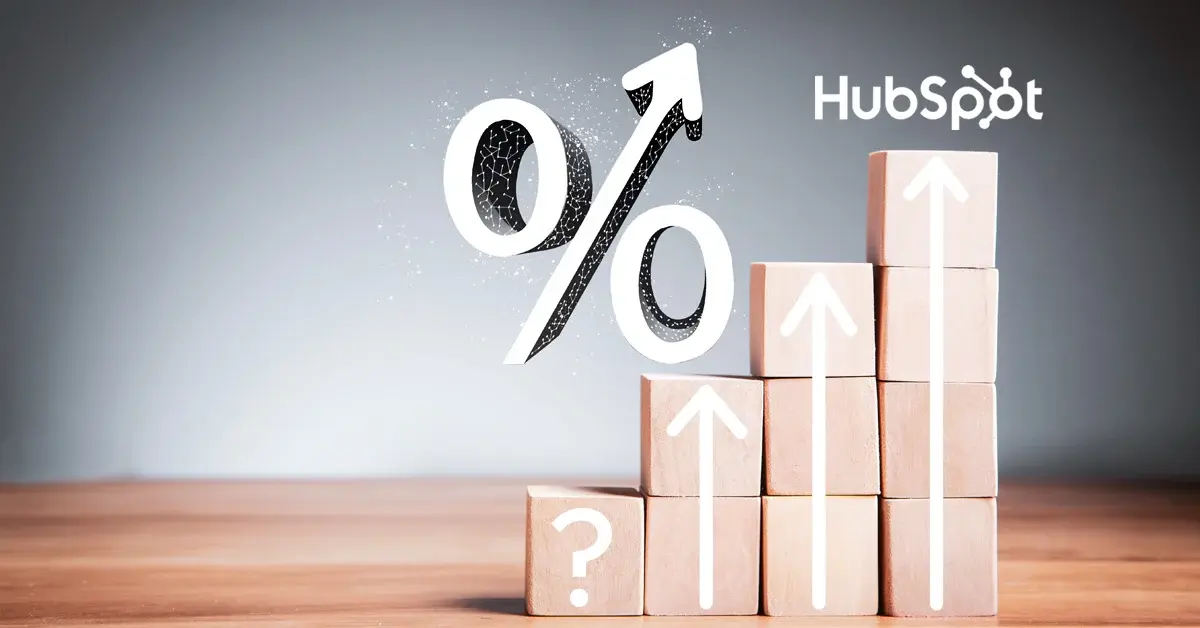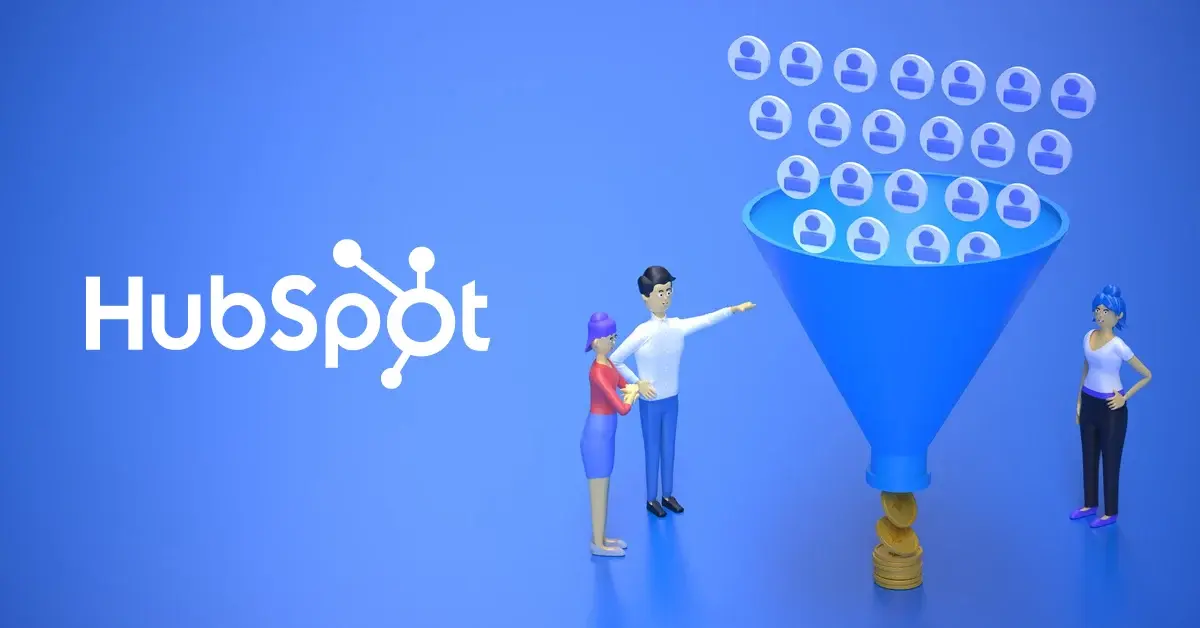-
MarTech Services
- HubSpot
- OneSignal
HubSpot
Technical Consulting
Partner with experts who understand your HubSpot systems and business needs inside out.
Revenue Operations
Drive revenue growth with tailored RevOps strategies designed for HubSpot users.
Hubspot Integration Services
Seamlessly integrate HubSpot with your existing tools to enhance operational efficiency.
Sales Enablement
Boost your sales team’s efficiency with focused HubSpot Sales Enablement solutions.
CRM Data Migration
Effortlessly migrate your CRM data to HubSpot with precision and support.
Hubspot Onboarding
Efficiently onboard clients to HubSpot, ensuring a smooth transition and rapid platform adoption.
HubSpot Administration
Maximize your HubSpot investment with expert management and optimisation tailored for HubSpot clients.
Marketing Assets Development
Develop, deploy, and manage digital assets, ensuring a fresh and engaging presence.
-
Solutions
-
Website Services
Website Development
We bring together expertise, creativity, and measurable results, making us the go-to choice for HubSpot website creation.
Website Migration
Our approach to website migration goes beyond a technical transfer; we prioritize a user-centric experience.
Website Maintenance
Optimize your online presence with effective, growth-driven websites focusing on nurturing website visitors, creating and deploying content, and tracking progress with precision.
Website Audit
Is your website performing at its peak? Our CMS Consultants are here to help you find out with our comprehensive Website Audit service.
-
Resources
-
Company
Clients
We have worked with clients from various industries across the globe, making our journey diverse and exciting.
Team
We put decades of experience where our mouth is. So what you get is market-tested and tried, not theory. We believe in plain speak, which we believe works better than jargon.
Solutions Partner
BlueOshan is not just a partner; we are among the most experienced and adept in the HubSpot ecosystem.
- Contact Us
How HubSpot helps drive sales effectiveness across teams with AI

Venu Gopal Nair
November 23, 2022

Companies that rely heavily on a few sales stars face the same risk as those dependent on major clients: vulnerability. When sales success is concentrated in the hands of top performers, organisations miss opportunities for scalable growth across their entire team.
HubSpot's AI-powered CRM platform now provides the tools to systematically distribute sales effectiveness, transforming average performers into consistent contributors through intelligent automation and predictive insights.
The Star Performer Problem
Weekly sales reports consistently show the same few names driving the majority of revenue. The issue often isn't talent—it's process, timing, and access to the right information. Star performers excel because they've developed instincts about when to push, when to pull back, and what prospects need to hear.
The challenge is systematising these insights so every team member can benefit from proven approaches enhanced by artificial intelligence.
HubSpot's AI-Enhanced Approach
1. Intelligent Automation with Breeze AI
HubSpot's new Breeze AI platform transforms how teams manage optimal touchpoints. The system includes Breeze Copilot for task assistance, Breeze Agents for workflow automation, and Breeze Intelligence for data enrichment.
Key AI-Powered Features:
- Smart Sequences: AI-driven email workflows that adapt based on prospect engagement patterns
- Predictive Lead Scoring: Machine learning analyses thousands of data points to identify prospects most likely to convert within 90 days
- Automated Task Generation: AI creates personalised follow-up tasks based on deal stage and prospect behaviour
This automation ensures consistent, intelligent communication across the team, regardless of individual experience levels.
2. Learning from Deal History with Machine Learning
HubSpot's AI analyses historical deal data to create actionable playbooks. The platform captures detailed patterns from successful deals, including timeline optimisation, stakeholder involvement, and competitive win strategies.
AI Intelligence Capabilities:
- Deal Health Scoring: AI predicts which deals are at risk based on engagement patterns and historical data
- Conversion Pattern Recognition: Machine learning identifies what activities drive successful outcomes
- Stakeholder Mapping: AI tracks decision-maker involvement and suggests optimal engagement strategies
- Competitive Intelligence: System learns from wins and losses against specific competitors
3. AI-Assisted Sales Qualification
HubSpot's predictive lead scoring uses machine learning to analyse contact properties, firmographic data, and behavioural signals. The system requires an Enterprise CRM subscription and a minimum of 100 contacts to begin providing predictions.
AI Qualification Benefits:
- Likelihood to Close: AI calculates the percentage probability of conversion within 90 days
- Contact Priority: Automatically segments contacts into Very High, High, Medium, and Low priority tiers
- Fit and Engagement Scoring: AI creates separate scores for how well prospects match ideal customer profiles and their engagement levels
- Automated Lead Routing: The System distributes qualified leads to appropriate team members based on AI insights
AI-Powered Customer Success Integration
HubSpot's AI doesn't just close deals—it helps customers succeed throughout their journey. The platform enables responsive, intelligent interactions across all touchpoints.
AI Customer Success Features:
- Breeze Customer Agent: AI-powered agent handles routine customer inquiries 24/7, resolving up to half of customer questions automatically
- Predictive Churn Analysis: AI identifies customers at risk of leaving based on engagement patterns
- Automated Response Intelligence: The System provides immediate, contextual information for common inquiries
- Smart Documentation: AI maintains comprehensive customer interaction histories and preferences
Intelligent Opportunity Management
HubSpot's AI transforms opportunity management by providing predictive insights and automated guidance throughout the sales process.
AI-Enhanced Components:
- Pipeline Intelligence: AI identifies bottlenecks and suggests optimisation strategies
- Smart Opportunity Research: Breeze Intelligence automatically enriches prospect profiles with relevant company data
- Predictive Deal Scoring: Machine learning forecasts deal outcomes with increasing accuracy as more data is collected
- Automated Pipeline Analysis: AI continuously monitors deal velocity and flags at-risk opportunities
Scaling Through AI-Driven Process Intelligence
HubSpot's AI creates systems that enable consistent performance rather than relying on individual heroics.
AI Process Tools:
- Smart Templates: AI suggests optimal messaging based on prospect characteristics and deal stage
- Intelligent Workflows: Breeze Agents automate complex sequences while maintaining personalisation
- Predictive Reporting: AI forecasts pipeline performance and identifies coaching opportunities
- Adaptive Training: The System learns from top performers and suggests improvements for others
AI-Powered Performance Measurement
HubSpot's AI provides intelligent visibility into team performance patterns, automatically identifying improvement opportunities.
AI Analytics Capabilities:
- Conversion Prediction: AI forecasts individual and team conversion likelihood
- Deal Velocity Intelligence: Machine learning tracks and predicts how quickly opportunities progress
- Activity Correlation Analysis: AI identifies which activities drive the best results for different prospect types
- Automated Win/Loss Analysis: System learns from outcomes to improve future predictions
Implementation with AI Guidance
Transforming from individual performance to AI-enhanced team capability requires a systematic approach:
- AI-Powered Performance Audit: Use HubSpot's analytics to identify gaps between top performers and team average
- Smart Best Practice Documentation: AI helps capture and codify successful approaches
- Intelligent System Implementation: Deploy Breeze AI tools to standardise effective approaches
- Continuous AI Learning: The System automatically refines processes based on results and feedback.
Moving Forward with AI
The goal isn't eliminating human expertise but augmenting entire teams with artificial intelligence. HubSpot's Breeze AI platform makes sales effectiveness a scalable, learnable capability rather than individual talent.
Companies successfully implementing AI-enhanced sales processes achieve sustainable growth that scales with business expansion, creating competitive advantages through intelligent execution and continuous learning.
Ready to transform your sales team's effectiveness with AI? Blueoshan's experts help implement HubSpot's advanced AI features and workflows that systematically address performance gaps and drive consistent results across entire sales organisations.

Venu Gopal Nair
Advertising and Branding Specialist, CEO - Ideascape Communications, A professional journey through the tumultuous years of advertising and communication, starting in 1984. Started out in the age of print, saw the changes with the entry of satellite TV and the momentous transition to digital. Advertising and branding today is vastly different from its practices in the 20th century and the last two decades have seen dramatic changes with smartphone domination. As a Creative Director turned CEO, making the transition personally and professionally has been a tremendous experience.
Related Articles

May 25, 2022

June 1, 2022


